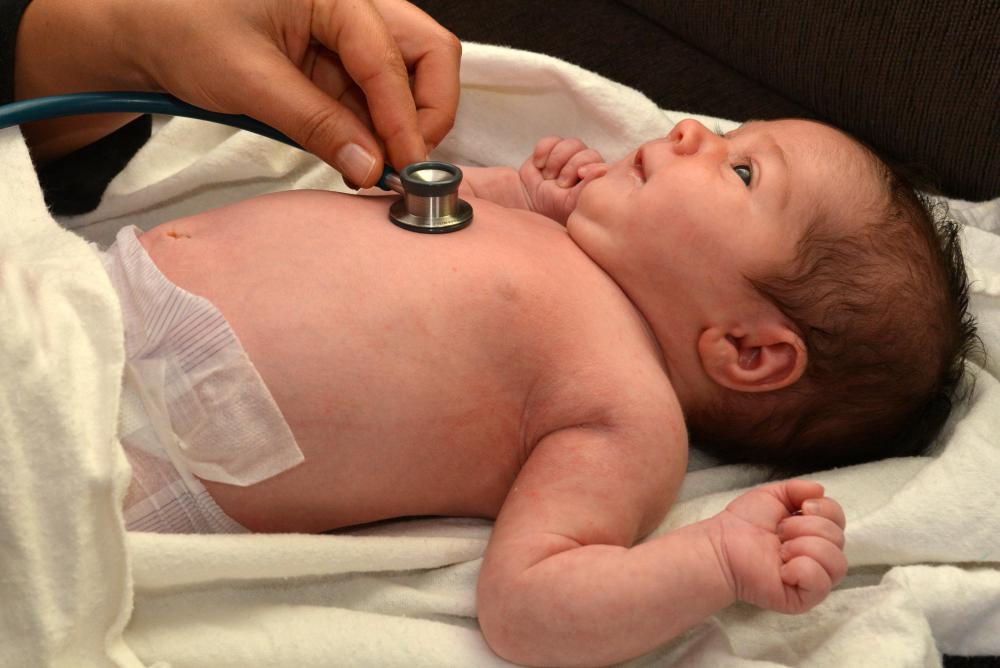At WiseGEEK, we're committed to delivering accurate, trustworthy information. Our expert-authored content is rigorously fact-checked and sourced from credible authorities. Discover how we uphold the highest standards in providing you with reliable knowledge.
What is Esotropia?
Esotropia is a medical condition that affects the eyes. When a person has esotropia, his eyes turn inwards, making him appear to be cross-eyed. This disorder may affect just one eye or it may affect both at the same time. Esotropia is rarely diagnosed, and treatment methods include surgery, corrective lenses, and vision therapy.
There are different types of esotropia. One type is called congenital esotropia, and it appears in babies from birth to six months of age. Interestingly, most babies are born with eyes that are not perfectly straight; during early life, it is common to have one or both eyes that turn out slightly, but this corrects itself by the time the child reaches three months of age. Sometimes, a baby’s eyes just seem to turn inward but aren't truly misaligned; this tends to happen because the bridge of the nose develops slowly, causing part of the whites of the eyes to seem hidden and giving the baby a slightly cross-eyed look. In true cases of congenital esotropia, the inward turn of the eyes is pronounced and the misalignment becomes evident when the baby is between two and four months old.

Infantile esotropia is another congenital form of the disorder. It is present at birth or may appear later during the baby’s first year of life. The condition occurs because the section of the brain that affects eye control fails to develop exactly as it should. When a person has this condition, the brain may not process visual input from that particular eye. Children with this condition may also have cross fixation, which means they view things on the left side with the right eye and use the right eye to view things on the left side.

Accommodative esotropia is a form of the disorder that often appears when a child is about two and results when the eyes try to focus and see things clearly. It is often accompanied by farsightedness, making it necessary for the eyes to make more effort at seeing things well. The effort the eyes make to focus is referred to as accommodation, and the eyes have to work more at accommodation for objects that are closer to the eyes. As they make this effort, the eyes may cross. Sometimes, a portion of the inward turn is because of accommodation while the rest is caused by the disorder itself.
AS FEATURED ON:
AS FEATURED ON:














Discuss this Article
Post your comments